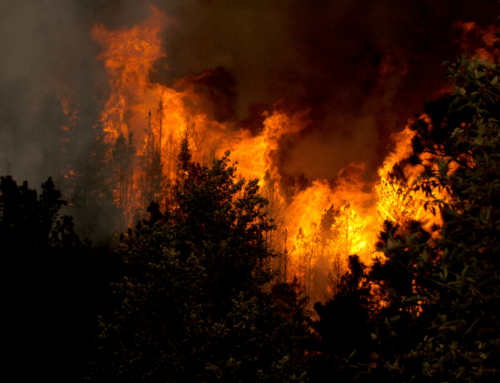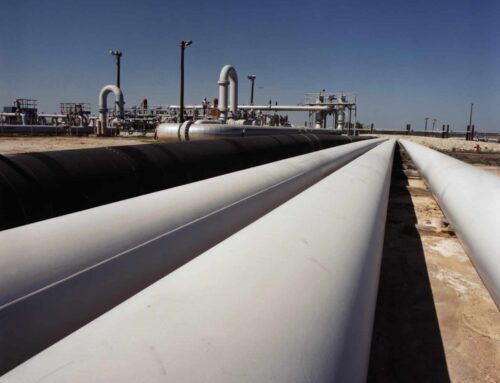For years, my organization Taxpayers for Common Sense has been hounding the federal government to keep up with the changing marketplace for the publicly-owned resources it is responsible for managing. This is because the development and sale of these energy resources, including coal, oil, gas and timber, are driven by rapid changes in technology. If the U.S. Department of the Interior and other federal agencies are going to uphold their obligation to taxpayers to ensure a fair return on our resources (as federal law requires), they need to keep pace.
This fall, DOI is taking an important step in the right direction by updating the technical standards it uses for measuring the amount of oil and gas being pumped from federal leases. Measurement standards have not been updated since 1989, and industry practices and technologies have changed significantly in the last 25 years. Coupled with other rule-makings underway, regarding oil and gas valuation, royalty rates and lost gas, updating Onshore Oil and Gas Order No. 3 is necessary to prevent federal rules from falling out of step with modern oil and gas development.
There are more than 100,000 oil and gas wells on federal leases, but DOI doesn't know where the production from each of them is measured. It is not uncommon for a government inspector, a lease operator and field employees to all have a different understanding of where production is measured. Sometimes government inspectors will travel out to oversee the calibration of meters, only to find out later, sometimes years later, that they aren't the ones being used to measure production.
Revenue from federal oil and gas is important to federal taxpayers because it is one of the largest non-tax revenue streams for the federal government. It's also important for the states where the production occurs. Last year alone, federal onshore oil and gas leases produced about 148 million barrels of oil, 2.48 trillion cubic feet of natural gas and 2.9 billion gallons of natural gas liquids. The market value for all of these resources exceeded $27 billion, and they generated $3.1 billion in royalties, roughly half of which went to the states where the leases are located.
Despite the importance of royalties as a revenue stream, the Government Accountability Office found in 2010 that “[DOI]'s regulations and policies did not provide reasonable assurance that oil and gas produced from federal leases were being accurately measured.” As a result, it included the oil and gas program on its High Risk List in 2011, 2013 and 2015. In May, it reported, “Until its regulations better reflect current measurement technologies and standards, [DOI] cannot provide reasonable assurance that companies have a consistent and sound basis from which to measure the production of oil and gas.”
I cannot emphasize enough the need for this update and the efforts currently underway at DOI to update other resource development standards, which also date back to the 1980s. Failing to keep up with the market is irresponsible. When the government falls behind the rest of the industry, it gets shortchanged. And when we are talking about all of the resources owned by the federal government, that's a lot of change. Billions in fact.












Get Social